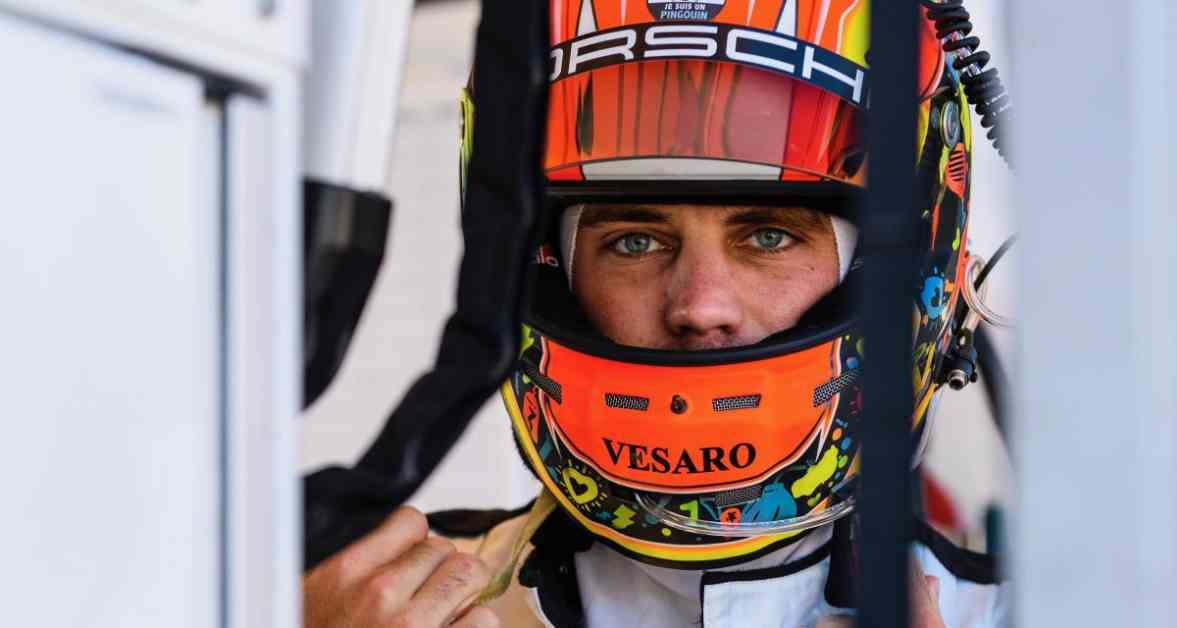La rigueur de Laurens Vanthoor en matière d’alimentation provient de son amour pour le cyclisme et son entraînement avec des cyclistes professionnels. En raison de ses sensibilités digestives, il a toujours dû faire attention à son régime alimentaire. Pour un pilote comme lui, la nourriture est le carburant essentiel pour le corps, tout comme le carburant est crucial pour une voiture. Vanthoor planifie sa nourriture de manière précise, comptant ses calories, glucides, lipides et protéines. Il se pèse quotidiennement pour surveiller son poids, ce qui est crucial pour une course comme Le Mans.
Il gère son poids en s’assurant d’être à son poids de forme avant la course et en augmentant progressivement son apport en glucides jusqu’au jour de la course. Cela lui permet d’accumuler suffisamment d’énergie pour tenir pendant les 24 heures de la course. Vanthoor a appris l’importance de ce régime en participant à des triathlons Ironman, où l’alimentation joue un rôle crucial. En adoptant le bon régime, il évite une perte de poids excessive pendant la course, ce qui pourrait affecter ses performances.
En ce qui concerne la perte de poids après la course, Vanthoor explique que la gestion des glucides est essentielle, car chaque gramme de glucide stocké retient trois grammes d’eau. En maintenant un bon équilibre alimentaire, il peut éviter une perte de poids importante après la course. Son régime alimentaire rigoureux n’affecte pas seulement sa performance sur la piste, mais lui permet également de rester énergique pendant de longues périodes de conduite.
Enfin, malgré son souci de détail en matière d’alimentation, Vanthoor plaisante en disant qu’il ne laisserait personne d’autre que lui-même se charger de sa préparation alimentaire chez Porsche. Son frère et certains de ses coéquipiers sont les dernières personnes à qui il ferait confiance pour cuisiner pour lui. En résumé, l’hygiène de vie irréprochable de Laurens Vanthoor, en particulier en ce qui concerne son régime alimentaire, est un aspect important de sa carrière de pilote professionnel.

